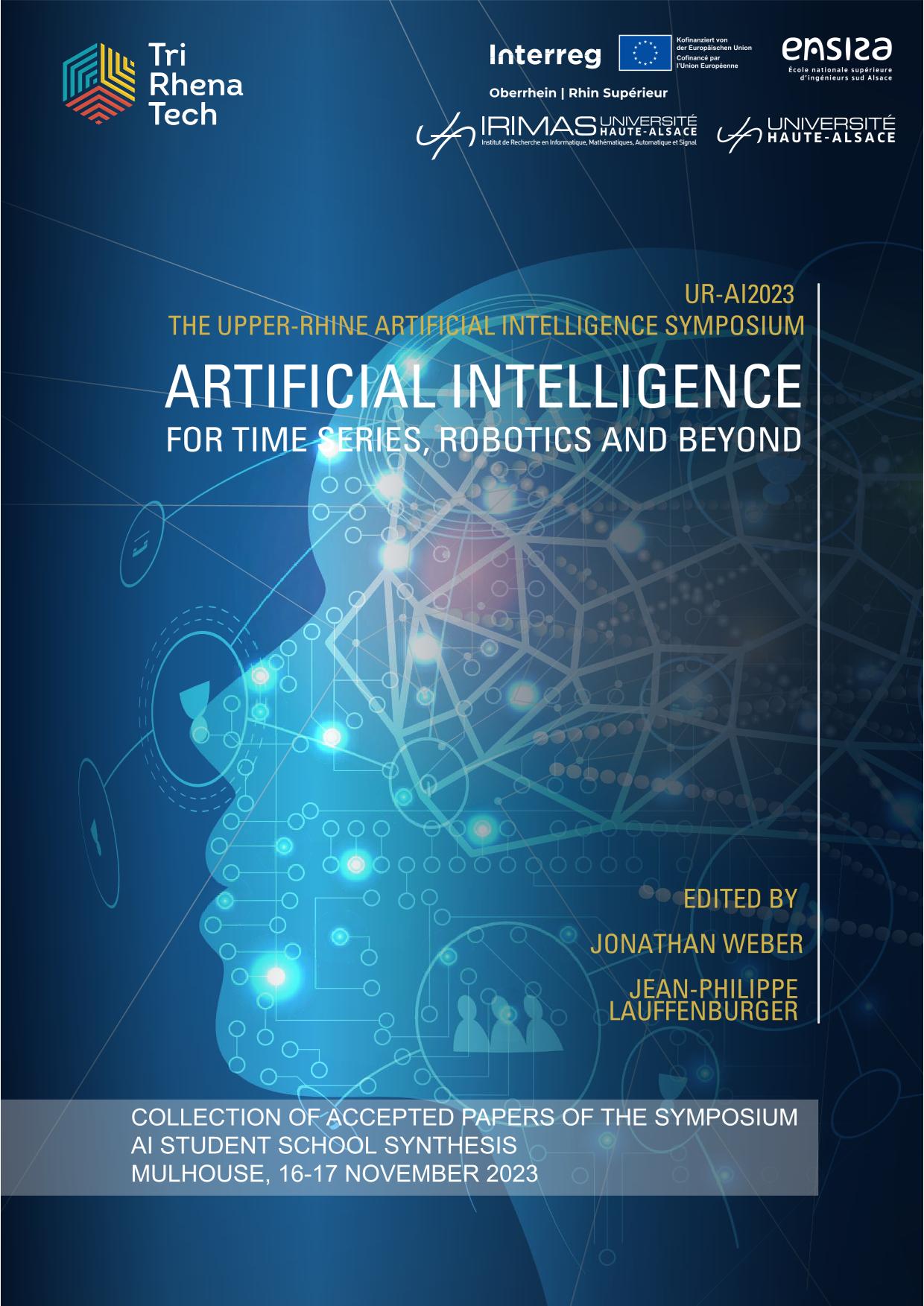Applying Machine Learning Algorithms for Classifying Time-Frequency Failures in Power Grid Systems
DOI:
https://doi.org/10.60643/urai.v2023p108Keywords:
Power quality, power grid failure, time-frequency feature, classification, machine learningAbstract
In power grid systems, Power Quality (PQ) disturbances affect manufacturing process, cause malfunction of equipment and induce economic losses. This paper presents ten new features to identify PQ disturbances such as voltage sag, swell, interruption, harmonics and combined defaults. At first, Hilbert Transform (HT) and Phase Locked Loops (PLL) techniques are applied to estimate the frequency and phase of harmonic components of voltage signals in real time. Then new descriptors, i.e., features, based on Time-Frequency (TF) representations are used. These TF features are obtained from the R´enyi and Shannon entropy obtained with the Short-Time Fourier Transform (STFT), the Stockwell Transform (ST) and the Optimized Stockwell Transform (OST). In order to evaluate the proposed TF descriptors, machine learning algorithms are applied to effectively discriminate the different types of disturbances. Classification results show an accuracy of more than 99.4% even in 5 dB SNR high-noise condition.
Downloads
Published
Issue
Section
License
Copyright (c) 2024 Gandorj Darambazar, Ali Moukadem, Bruno Colicchio, Patrice Wira

This work is licensed under a Creative Commons Attribution 4.0 International License.


